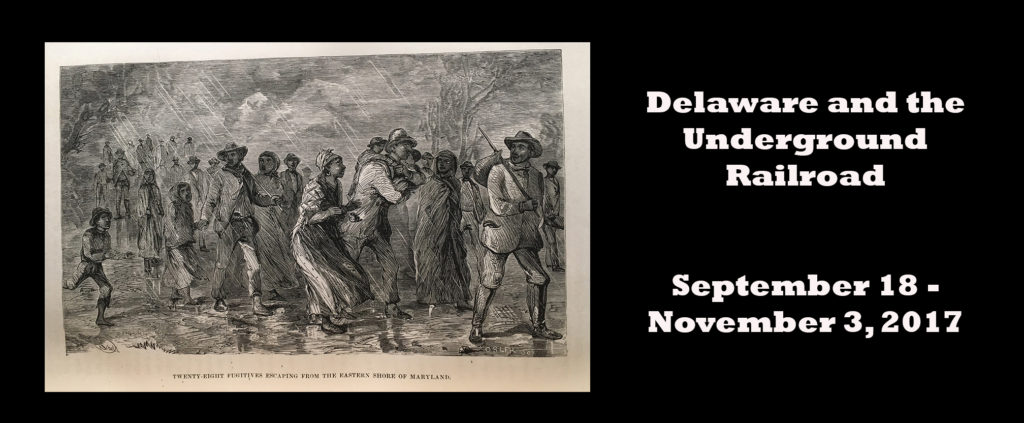
Despite being allied with the Union during the Civil War, Delaware remained a slave state until 1865, when the ratification of the thirteenth amendment to the Constitution banned slavery nationwide. In general, the state was divided along north/south lines, with northern New Castle County being primarily anti-slavery and southern Sussex County opposing abolition. The state government saw numerous attempts to repeal slavery via legislative means, but these divides meant that none of these bills gained much traction.
Delaware’s position as a border state also placed Delaware directly in the lines of transit that escaped slaves would use when fleeing the South for the Northern United States and Canada. In the period before the Civil War, the Underground Railroad operated as a series of safe houses from which sympathetic Northerners and members of the free African-American community provided refuge, shelter and support for escaped slaves. (The system was so-named due to the fact that railroad terminology was used to describe its functions. Routes were referred to as “lines,” stopping places were “stations,” and the people aiding the escaped slaves were “conductors”). Those who aided escaped slaves did so in defiance of the Fugitive Slave Act, which permitted authorities to cross state lines in pursuit of escaped slaves, and meted out civil and criminal penalties to anyone who aided escaped slaves. The artifacts on display in this exhibit highlight Delaware’s role in the Underground Railroad and the movement to abolish slavery in the United States.
Curated by Alexander Johnston, Associate Librarian.

